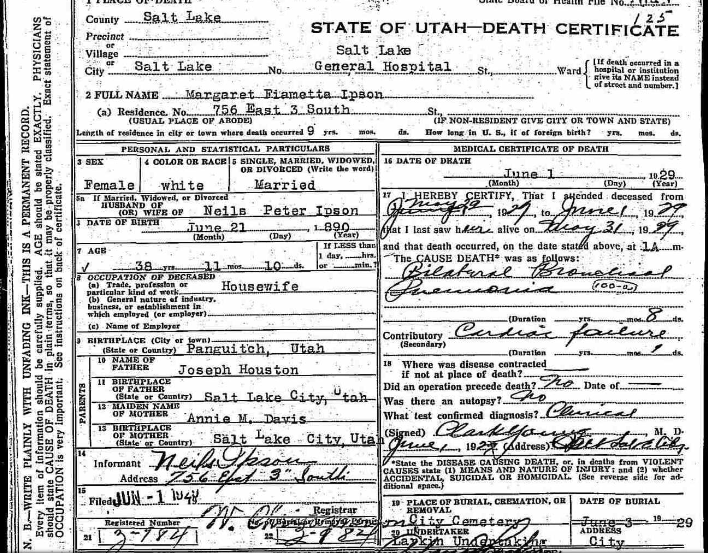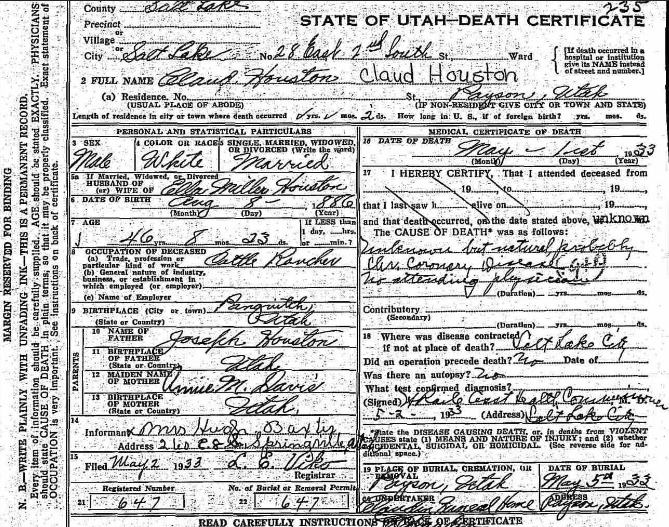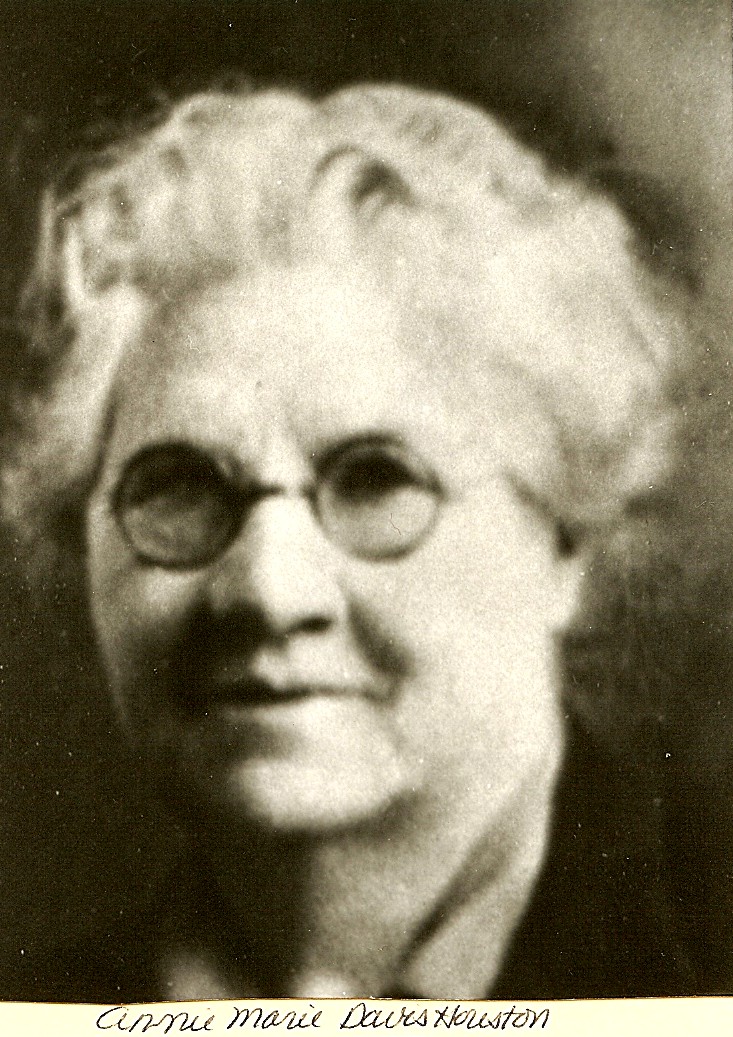When I was young I was sort of obsessed with horses. That’s probably not too unusual for young girls.
I imagined that if I could only be around a horse we’d have some kind of cosmic connection. Me, the horse whisper ingénue, leading a horse with a long flowing mane around a field covered in grass well past my knees.

When I was eight years old I finally got the opportunity to fulfill my dream and ride a horse. At a family reunion, someone brought horses to ride; several steady adult horses and one spunky colt. I somewhat timidly asked if I could ride the beautiful young colt. Knowing nothing about horses, I didn’t fully grasp what it meant that the colt was not yet saddle broken. I thought it’s diminutive size meant it would be easier to manage.
This could work with my fantasy vision, I thought.
I was told the colt would follow the other horses up the small hill, around the field, and back down again. Easy enough. Except it wasn’t. That darn colt followed the other horses into the field but not out again.
Kick it in the flanks, they said. Hit it with this stick, they said. No, like this they said.
Colt bucked. I fell off, acquiring my first and only broken arm.
At 16 years old, another horse decided to lie down for a back scratch while I was learning to ride it. Somehow I managed to step out of the saddle before I was caught under the horse and crushed. I think that was when I finally realized my horse dreams had come to an end. No more horses for me.
Recently, I re-read a brief biographical sketch, my grandfather, John Steiner Houston wrote. Unlike me, Grandpa Steiner’s relationship with horses was rich, long, and real.

“From my earliest recollection, I could ride and handle a horse. I owned my own pony long before I was large enough to bridle and saddle him. I remember of having to get in the stable manger to bridle my horse.”
Grandpa Steiner was born into a ranching family. His father and uncles were well known, successful ranchers in Garfield County, Utah. Horses were necessary to their livelihood and part of his early childhood chores and duties.
“At seven or eight years of age, I would herd the milk cows. I always took lunch in a bucket. My Father never let me use a saddle when alone, so I herded cows bareback. Coming home one night us herd boys put our dinner pails on the end of the tie ropes that we had on our horses. My bucket got between my horse’s legs and off I went the horse kicked the bucket loose, bail came off, I went again right on my face taking all the skin off as I skidded along the ground. I led the horse from there home. My face healed up good and once more I was thrown from another horse got my right arm broken at the wrist and my face peeled again. Uncle Riley Clar set my arm and it is as good as new.”
Boy, could I relate with Grandpa Steiner…well, except the whole getting my face skinned off bit. As I read Grandpa’s words I began to feel like a whiner.
Oh, but it gets better.
“I hauled a great deal of wood as a young man. Was crippled for a time in the left leg. A drag of wood hit my left leg below the knee and tore the ligaments loose. The Dr. said it was worse than a break. Another time a 1600 lb horse fell full length on me, his hips hit between my legs, his wether hit my shoulder. With my hip and shoulder broke I was laid up for five to six months through the summer. The doctor pronounced it a miracle the way it was done and the way it healed. After making me as uncomfortable as he could (it seemed to me at least) he went home and said to be called back later to see me passed out. I had a terrible pain in my groins. Brother Partridge and Bishop Gardner administered to me. As soon as they laid their hands on me the pain left. I was up and trying to struggle around after nineteen days in bed. “
Despite years of horse riding, Grandpa’s accident could have scarred him physically and mentally for life.
But it didn’t. He focused on the miracle of his recovery.
While Grandpa’s autobiographical sketch doesn’t specifically mention riding a horse again, I think he did. He had grit. True grit.
This was the man who taught himself to walk and speak again after a major stroke. This is the man, who when taken along on a deer hunt, even though he was paralyzed on one side, greeted his fellow hunters (who were unlucky in their hunt) with a big grin, blood past his elbows, and a deer lying in the nearby field. Grandpa not only shot the deer from the passenger side of the truck but then dragged himself out to the deer and gutted it.
Here’s my takeaway. Focusing on the positive matters. Getting back on the horse when you get bucked off matters. Life is not about the pain that you get dealt – the skinned off faces, broken arms, and blows to the groin – it’s about how we choose to view those experiences and what we can learn from them.
That…and being able to gut a deer while paralyzed.




























